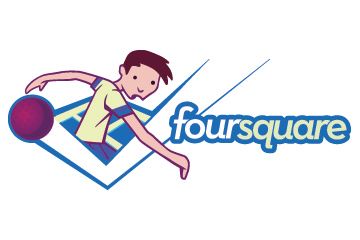In a February 2010 presentation, Jane McGonigal, game designer and research and development director at the Institute for the Future, stated that "World of Warcraft" players have spent 5.93 billion years playing, solving problems in their virtual environment. McGonigal explained her goal to harness the focus of such gamers to solve important real-world problems. She describes gamers as becoming the ideal versions of themselves within a game, with the ability to focus their enjoyment and confidence to resolve conflicts in the game environment. McGonigal believes that if people worldwide could play more, not less, in the right game scenario, their experience could help solve some of the world's biggest problems like hunger, poverty and global conflict [source: McGonigal].
"Gamification" describes turning real-world situations into games. Gamification is a neologism -- a newly invented term that's becoming commonly used. The word gamification was likely born in the realm of casual conversation to convey the idea of turning something into a game. People like entrepreneur and author Gabe Zichermann, though, have given gamification its own unique definition. Zichermann, a respected authority on gamification and its applications, defines the term as "the process of using game thinking and mechanics to engage audiences and solve problems." In short, he describes gamification as "non-fiction gaming."
Advertisement
In his 2010 book "Game-Based Marketing," co-authored with writer Joselin Linder, Zichermann defines a related term he coined: funware. Funware describes the everyday activities we're already engaging in that we consider a game. Zichermann explains that business should look for ways to apply funware in their marketing. Funware, he says, is the core component in applying gamification to business [source: Zichermann and Linder].
Zichermann, McGonigal and other gamification innovators met at the first Gamification Summit in January 2011. The conference included talks, workshops and panels featuring leading experts in applying games mechanics in business. The conference, held at the Mission Bay Conference Center in San Francisco, had a sold-out crowd of nearly 400 with even more attending over the Internet via live video stream [source: GamificationCo].
With interest enough to sell out the first-ever conference on the topic, gamification is a fast-growing concept, affecting business, education and home. This article looks at why gamification is so important and the different ways gamification is changing our lives from the classroom to the gym.
Advertisement






